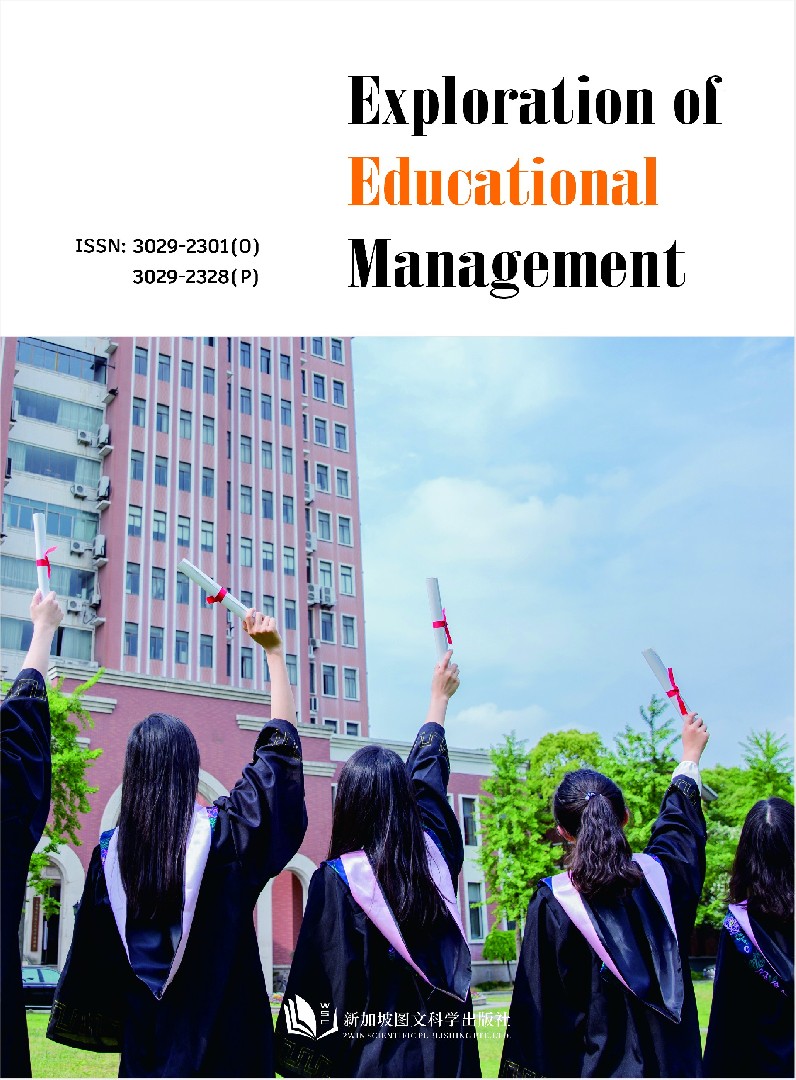作者
Ang Li
文章摘要
This study examines the effectiveness of blended learning (BL) on English learners pursuing higher education in China. A meta-analysis was used for the statistical synthesis of studies, contrasting students’ performance in BL conditions with that in traditional face-to-face instruction. English acquisition includes four areas in English as a Foreign Language (EFL) classroom, including listening, speaking, reading, and writing. Listening and reading are receptive skills that can be improved by input-based exercises, while speaking and writing are productive skills that require students do much output-oriented practice. Therefore, with skill type as a moderator variable, the synthesis result shows that BL demonstrates a small summary effect (SMD=0.4, p<0.001) compared with traditional teaching methods. A larger mean effect size is found in receptive skills acquisition (SMD=0.46, p<0.001) compared with that of productive skills acquisition (SMD=0.31, p<0.001). The findings indicate that BL generates better learning performance in receptive skill classes (listening and reading) than in productive skills (speaking and writing). This research provides insights into online English learning instruction.
文章关键词
blended learning, receptive skills, productive skills, effect size, meta-analysis
参考文献
[1] Zhou, T., Zhang, W. Effectiveness Study on Online or Blended Language Learning Based on Student Achievement: A Systematic Review of Empirical Studies. Sustainability, 2022, 14, 7303.
[2] Gao, Z. Y. (2021). Blended Teaching Effect Analysis of College English in Application-Oriented University. Journal of Shanxi University of Finance and Economics, 2021, 43(S2): 175-178+195.
[3] Yun, H. 3(R)+1(O)+S+A Teaching Mode in College English Blending Learning. Shandong Foreign Language Teaching Journal, (2011-4). 85-88.
[4] Ching, C. Koong Lin, H. C. Effects of a mobile-based peer-assessment approach on enhancing language-learners’ oral proficiency. Innovations in Education and Teaching International, 2020, 57(6): 668-679.
[5] Michael, Y. C. Jiang. Using automatic speech recognition technology to enhance EFL learners’ oral language complexity in a flipped classroom. Australasian Journal of Educational Technology, 2021, 37(2). 119-131.
[6] Yang, Y. F. Blended learning for college students with English reading difficulties. Computer Assisted Language Learning, 2012, 25(5): 393–406.
[7] Butler, Y.G. What level of English proficiency do elementary school teachers need to attain to teach EFL? Case studies from Korea, Taiwan, and Japan. TESOL, 2004, 38(2). 17-21.
[8] Graham, C. R. Blended learning systems: Definition, current trends, and future directions. Handbook of blended learning: Global perspectives, local designs, 2006, 3–21.
[9] Banditvilai, C. Enhancing Students’ Language Skills through Blended Learning. EJEL, 2016, 14(3), 46-49.
[10] Sun, X.Y., Hu, G.W. Direct and indirect data-driven learning: An experimental study of hedging in an EFL writing class. Language Teaching Research. 2020, 29.
[11] Yoon, H., Jo, W.J. Direct and indirect access to corpora: An exploratory case study comparing students’ error correction and learning strategy use in L2 writing. Language Learning & Technology, 2014, 18, 96–117.
[12] J E L ,Ming W ,Yilun S , et al.An Introduction to Meta-Analysis.[J]. International journal of radiation oncology, biology, physics, 2023, 115(3): 564-571.
[13] Rosenthal, R. (1984). Meta-analytic procedures for social research. Beverly Hills, 1984, 148.
Full Text:
DOI
